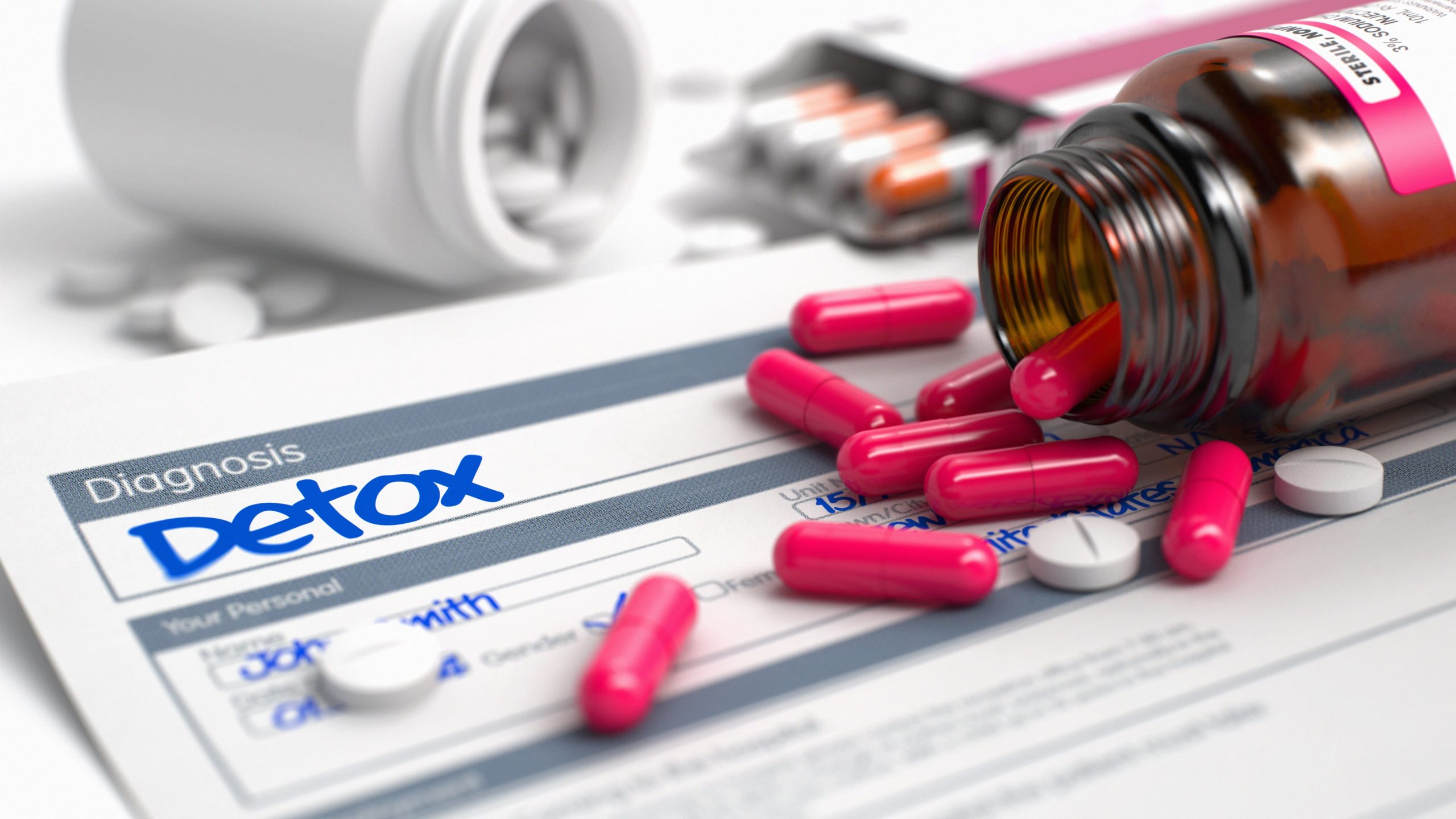Whether you take opioids as a prescription or misuse them, you risk becoming addicted to them. Addiction starts when you first enjoy the pleasurable sensations of opioids. Then, when the drugs wear off, you undergo opioid detox. However, to continue experiencing these sensations, you continue to use opioids. Eventually, you find you cannot live without them.
Effects of Opioid Misuse and Addiction
There are short-term and long-term effects of opioid abuse. One short-term effect is the binding of opioid receptors in the brain and central nervous system to block or reduce pain receptors. Another short-term effect is an increase in the release of neurotransmitters associated with pleasure, like dopamine.
When these effects wear off, you can find yourself wanting to experience them again. In addition, your brain remembers the pleasurable sensations experiences as a positive behavior. So, you will notice you start to develop a craving for opioids. This is one of the early signs you are developing a dependence on the drugs. One long-term effect of opioid misuse is an increased tolerance to them. So, to achieve the desired effects, you have to take higher dosages of opioids.
A secondary long-term effect is a depletion of the natural reserves of neurotransmitters. Opioids depletes the natural reserves. As a result, you notice you do not experience the rush of sensations you once did when taking opioids.
Eventually, you get into an ongoing cycle as tolerance continues to build, and you continue increasing the dosage levels of opioids. Unfortunately, this also causes increased risks of accidental overdose and death.
Make no mistake, opioids are a depressant. When taken in high amounts, they can cause heart failure and respiratory failure. Some people can also lose consciousness and slip into a coma.
Signs of Opioid Addiction
- Increasing opioid doses to offset tolerance, even when you know you could overdose
- Withdrawing from family and friends
- Associating with others that misuse opioids
- Engaging in drug-seeking behaviors, such as exchanging sex for opioids
- Experiencing financial, relationship, employment, and legal problems
- Stealing opioids from others
- Attempting to get multiple prescriptions for opioids
- Losing all interest in hobbies and activities you used to enjoy
- Having a disregard for your overall health and hygiene
- Avoiding opioid withdrawal symptoms by taking more opioids when you experience them
- Not being able to function without being under the influence of opioids
- Continue to misuse opioids even when you want to stop
What to Expect Going Through Opioid Detox
When you are ready to get help with your opioid use disorder, you must undergo detox. However, you should never attempt to go through detox yourself. The changes the drugs cause in the body require medically supervised detox to ensure you avoid the most intense and life-threatening withdrawal symptoms.
Symptoms of Opioid Withdrawal
- Anxiety
- Depression
- Insomnia
- Headaches
- Blurred vision
- Problems with concentration and focusing
- Flu-like symptoms
- Abdominal pain and cramping
- Muscle aches, pains, and spasms
- Bodily aches and pains
- Elevate blood pressure
- Seizures
- Opioid cravings
Opioid Withdrawal Timeline
The moment you discontinue opioid use, you will go into withdrawal within the first eight to 24 hours. During this time, the withdrawal symptoms are usually mild and tolerable. However, the longer you go without opioids, the more intense the withdrawal symptoms become.
Usually, in about three to five days, the symptoms will peak and be the most intense. Then, they will gradually decline until they subside entirely. Yet, some people can still experience cravings and perceived pain for several months.
These withdrawal symptoms are referred to as PAWS (Post-Acute Withdrawal Symptoms). Fortunately, they will eventually subside with continued opioid addiction treatment.
The Risks of Solo Opioid Detox
Undergoing solo opioid detox is highly dangerous because the sudden discontinuation of opioids causes deficiencies in the body’s neurotransmitters. This crash can have various side effects, such as extreme anxiety, panic attacks, and depression.
In addition, vomiting and diarrhea are quite common during opioid detox. Experiencing these withdrawal symptoms can cause dehydration. Furthermore, there are risks of choking on one’s vomit. Some people can also experience seizures and heart attacks. Then, there is the level of pain and discomfort that can be quite intense and severe. Some people cannot simply handle the amount of pain. So they start contemplating self-harm and suicide to be out of pain.
Aside from these risks, solo opioid detox is rarely successful. Instead, it results in relapse as a means to stop the unpleasant and intense withdrawal symptoms.
Benefits of Medically Supervised Opioid Detox
Undergoing medically supervised opioid detox provides round-the-clock access to healthcare and addiction professionals. You also gain access to medication-assisted treatment (MAT), which uses different non-addictive medications to wean you off opioids safely.
Additionally, MAT helps prevent most of the very intense, unpleasant, and life-threatening withdrawal symptoms. You can also access the detox center’s amenities, such as individual and group counseling, exercise and fitness programs, and healthy, prepared meals.
Opioid Detox and Addiction Treatment in Columbus, OH
Ohio Addiction Recovery Center in Columbus, OH, is here to help when you want help with your opioid use disorder. We offer personalized detox and treatment programs in a caring, safe, and supportive environment. Please speak with one of our addiction treatment specialists today to start your detox program by contacting us.






